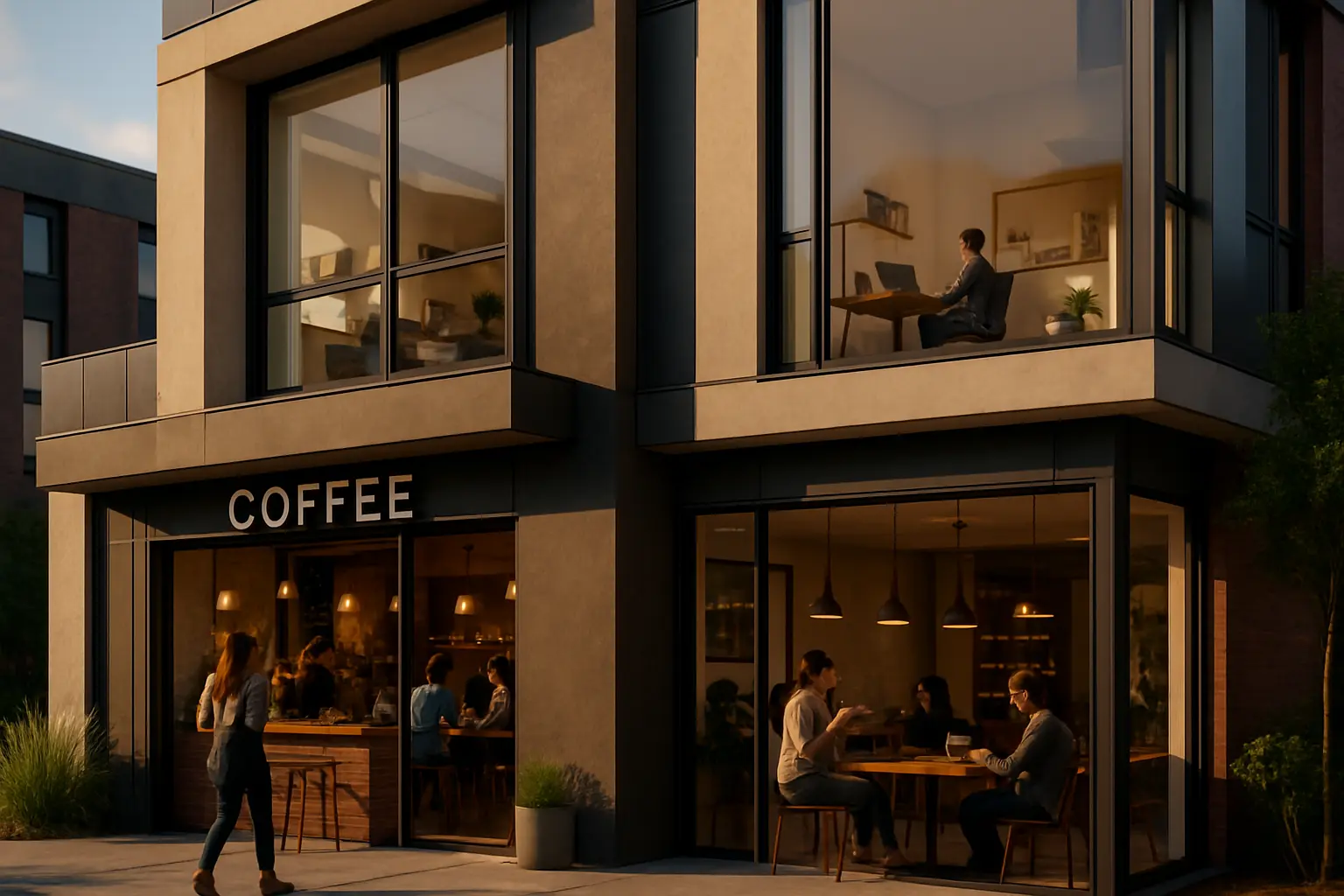Mixed-Use Magic: The Rise of Live-Work Spaces in Modern Real Estate
Discover how the fusion of residential and commercial properties is reshaping the way we think about home and business ownership

The Evolution of Property Use
In the ever-evolving landscape of real estate, mixed-use properties have emerged as a revolutionary solution to modern living and working needs. These innovative spaces, which combine residential and commercial functions under one roof, are reshaping urban and suburban communities alike.
The concept isn't entirely new, but its modern interpretation has gained significant momentum as entrepreneurs and professionals seek more efficient ways to balance their work and personal lives. Today's live-work spaces represent a sophisticated blend of functionality and comfort, moving far beyond the traditional shop-house model of previous generations.
Design & Functionality
Successful live-work properties share several key characteristics that make them particularly attractive to modern users:
- Flexible Floor Plans: Spaces that can easily adapt to changing needs
- Separate Entrances: Professional access points distinct from private areas
- Sound Insulation: Strategic design elements to maintain privacy
- Smart Storage Solutions: Integrated systems that serve both business and personal needs
Zoning Considerations
Before investing in a live-work space, it's crucial to understand local zoning regulations. Many municipalities have updated their codes to accommodate these hybrid properties, but restrictions may still apply regarding:
- Business types permitted
- Signage allowances
- Parking requirements
- Operating hours
Investment Potential
The financial advantages of live-work spaces extend beyond the obvious savings on separate rent or mortgage payments. These properties often appreciate faster than traditional single-use properties, offering owners multiple revenue streams and tax benefits.
"Live-work spaces represent one of the most dynamic segments in today's real estate market, offering unprecedented flexibility and potential for return on investment."
Cost-Benefit Analysis
When evaluating a live-work property investment, consider:
- Reduced commuting costs and time savings
- Potential rental income from either portion of the property
- Tax advantages from home-based business deductions
- Lower overall maintenance and utility costs
Future-Proofing Your Investment
The adaptability of live-work spaces makes them particularly resilient to market changes. These properties can evolve with their owners' needs, whether that means expanding the business portion, converting to full residential use, or adapting to new business models.
Sustainability Features
Modern live-work spaces often incorporate sustainable elements that enhance their long-term value:
- Energy-efficient systems
- Green building materials
- Smart home technology integration
- Renewable energy options
As we look to the future, live-work spaces continue to demonstrate their value as versatile investments that adapt to changing market conditions and lifestyle preferences. These properties represent not just a trend, but a fundamental shift in how we approach the integration of our professional and personal lives.


